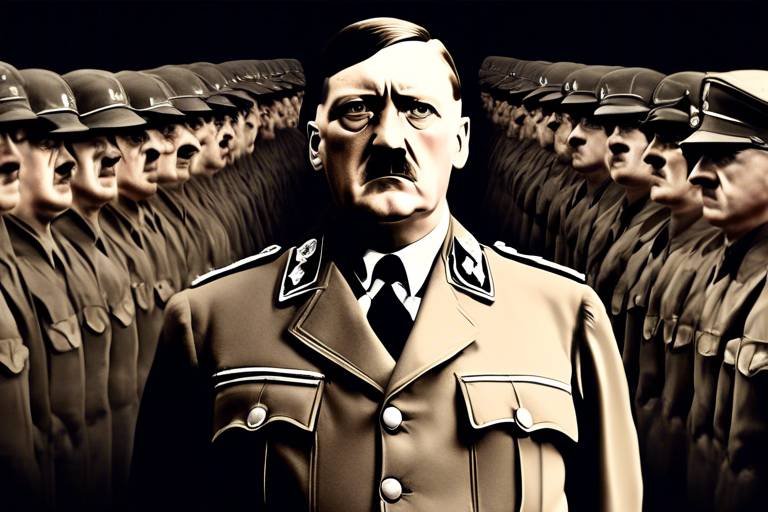The Role of the Renaissance in Shaping Modern Europe
The Renaissance, a pivotal period in European history, played a crucial role in shaping the modern landscape of the continent. Emerging during the 14th century and flourishing until the 17th century, this era marked a significant shift in cultural, artistic, and intellectual pursuits, laying the groundwork for the society we live in today.
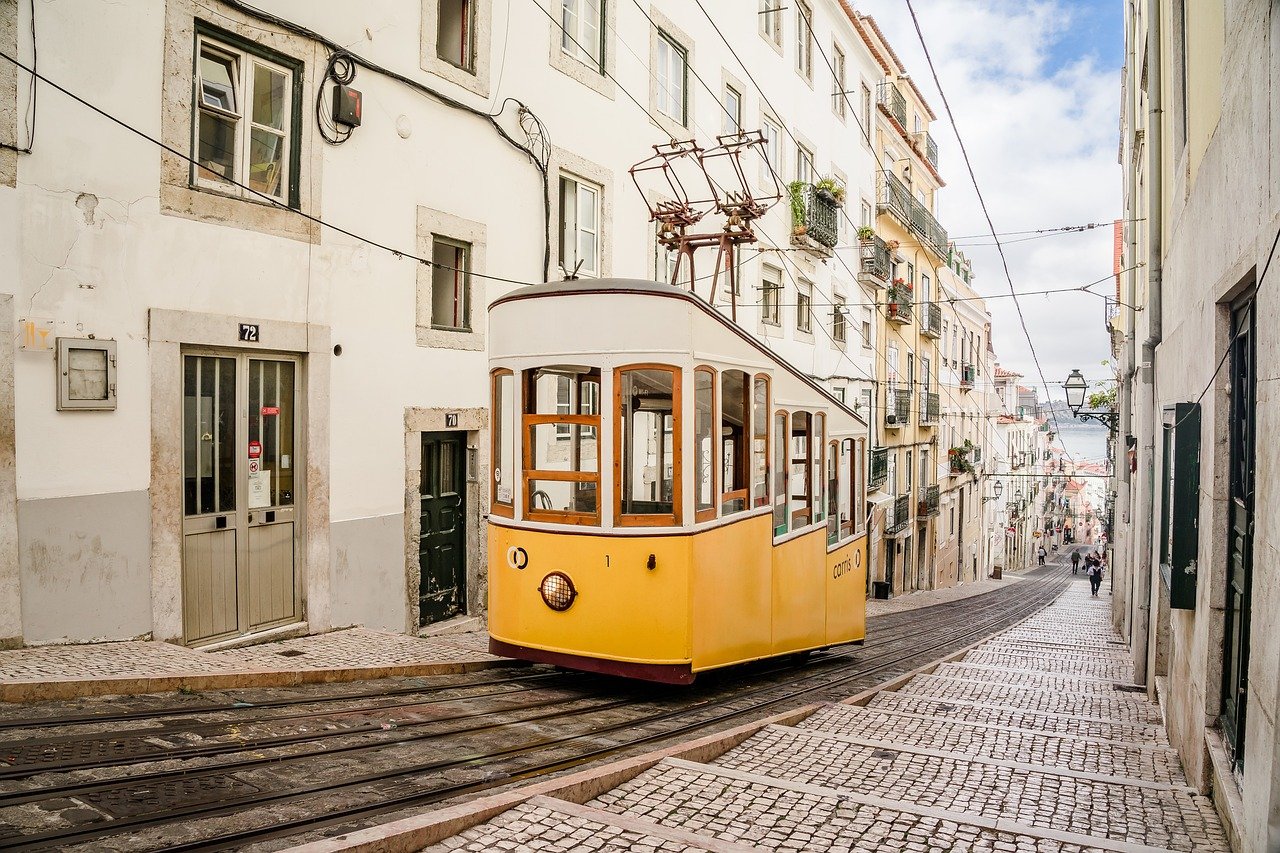
Origins of the Renaissance
The Renaissance, a period of immense cultural and intellectual growth, had its origins in the revival of interest in classical learning and the arts that began in Italy during the 14th century. It was a time when the ideas of humanism, focusing on human potential and achievements, started to gain prominence, challenging the dominant religious and scholastic beliefs of the Middle Ages. This shift towards a more human-centered worldview laid the foundation for the transformative changes that would shape Europe for centuries to come.
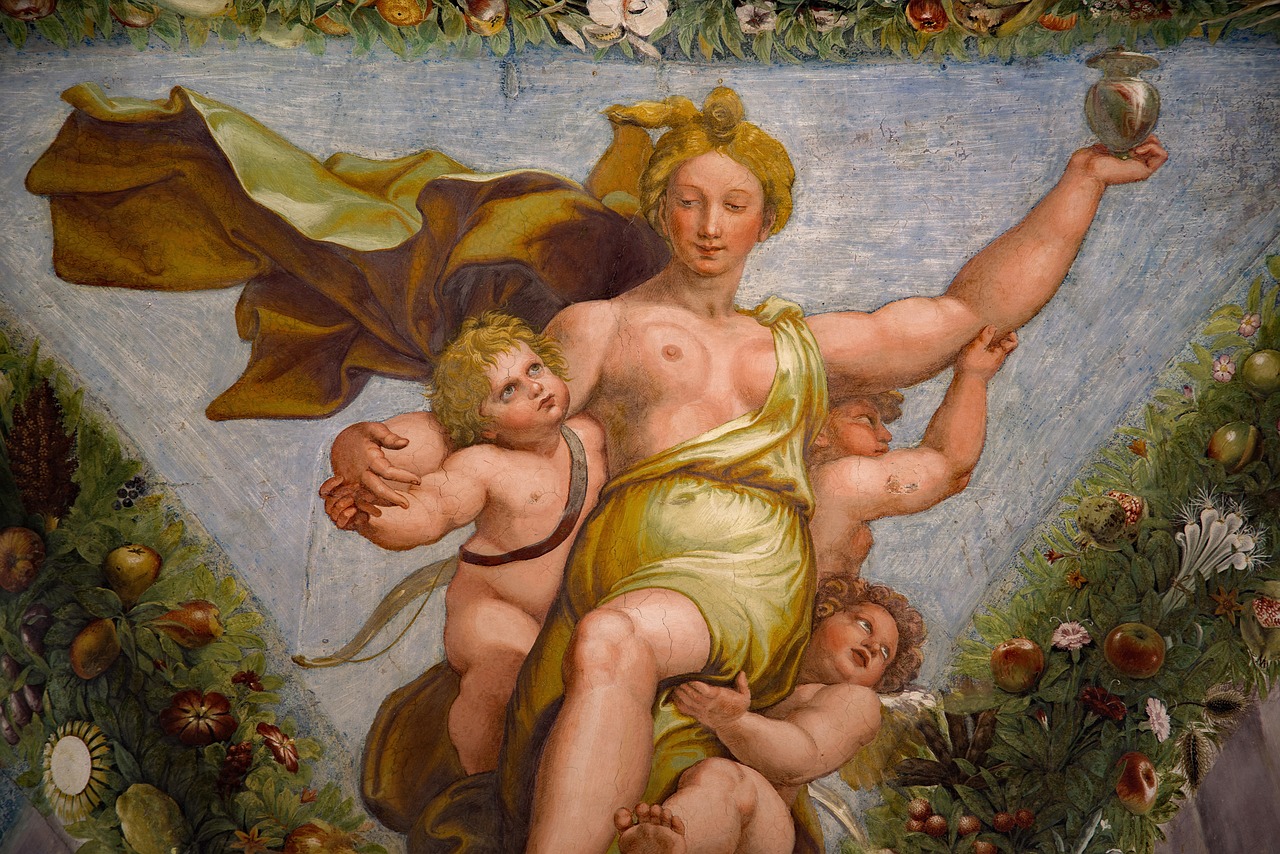
Humanism and Education
The Renaissance period was a pivotal time in European history, marking a significant shift in cultural, artistic, and intellectual pursuits. One of the key aspects that defined the Renaissance was Humanism, a philosophy that emphasized the potential and value of human beings. This human-centric approach had a profound impact on various aspects of society, including education.
During the Renaissance, there was a renewed interest in classical learning and education. Scholars and thinkers of the time believed that education was essential for the development of individuals and society as a whole. The focus on classical texts and liberal arts shaped the educational curriculum of the era, laying the foundation for modern educational systems.
Humanist educators advocated for a well-rounded education that encompassed not only academic subjects but also ethics, morality, and critical thinking. This holistic approach to education aimed to cultivate individuals who were not only knowledgeable but also virtuous and socially responsible.
Furthermore, the emphasis on individual potential and creativity in education during the Renaissance encouraged students to think independently and pursue their interests. This approach to education fostered a spirit of innovation and curiosity that continues to influence modern educational practices.
In summary, Humanism played a crucial role in shaping the educational landscape of the Renaissance, promoting a holistic approach to learning that focused on the development of the individual as a whole. The legacy of Humanism in education can still be seen today in the emphasis on critical thinking, creativity, and ethical values in modern educational institutions.
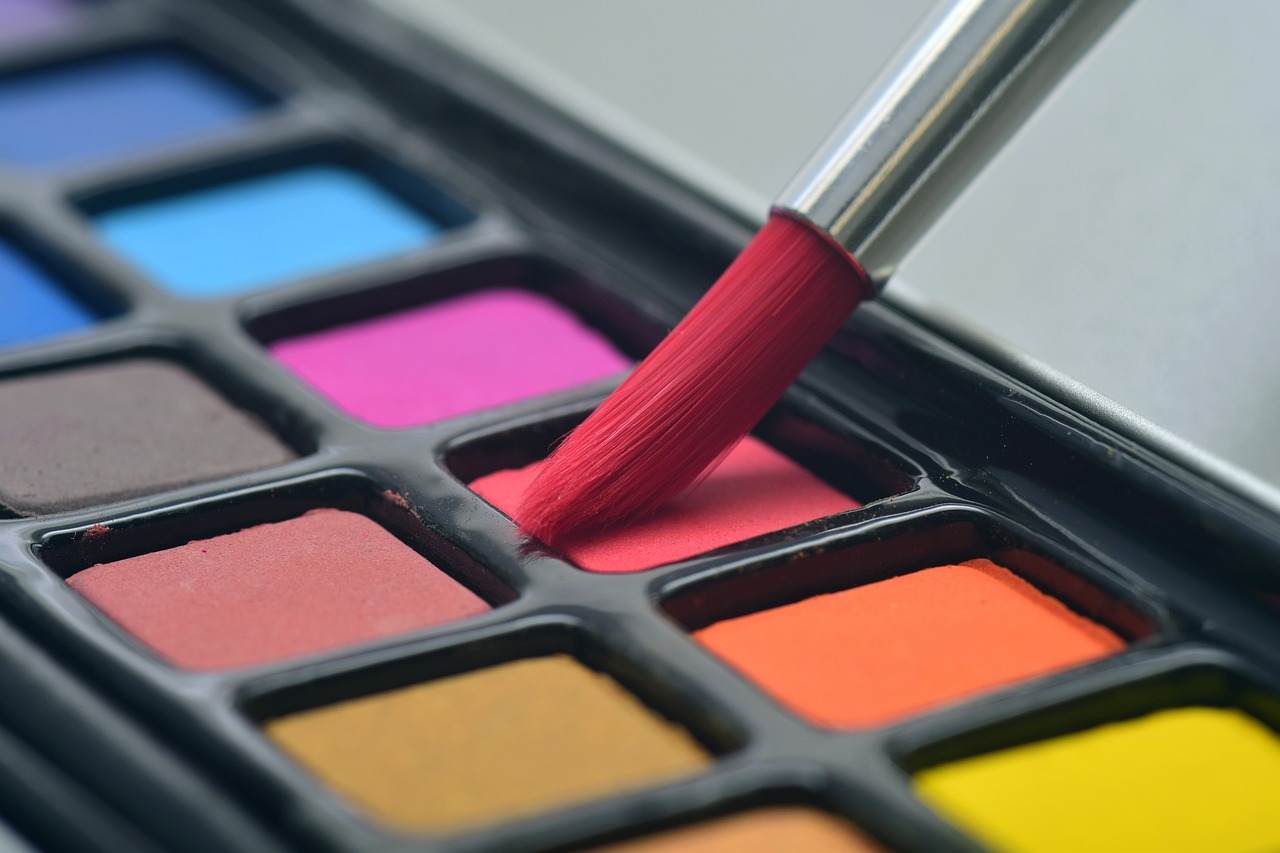
Artistic Innovations
During the Renaissance period, Europe witnessed a remarkable surge in artistic innovations that forever changed the course of art history. Visionary artists like Leonardo da Vinci, Michelangelo, and Raphael emerged as pioneers, pushing the boundaries of artistic expression and creativity. These masters introduced revolutionary techniques and styles that captivated audiences and left a lasting impact on the art world.
Leonardo da Vinci, renowned for his iconic works such as the Mona Lisa and The Last Supper, epitomized the Renaissance spirit of curiosity and experimentation. His meticulous attention to detail and mastery of light and shadow set new standards for realism in art. Michelangelo, on the other hand, showcased unparalleled skill in sculpting, with his awe-inspiring creations like the David and the Sistine Chapel ceiling demonstrating the power and beauty of the human form.
Raphael, known for his harmonious compositions and graceful figures, brought a sense of balance and harmony to his paintings, influencing generations of artists to come. The Renaissance artists not only revolutionized techniques such as perspective and chiaroscuro but also imbued their works with profound emotion and symbolism, elevating art to new heights of sophistication and meaning.
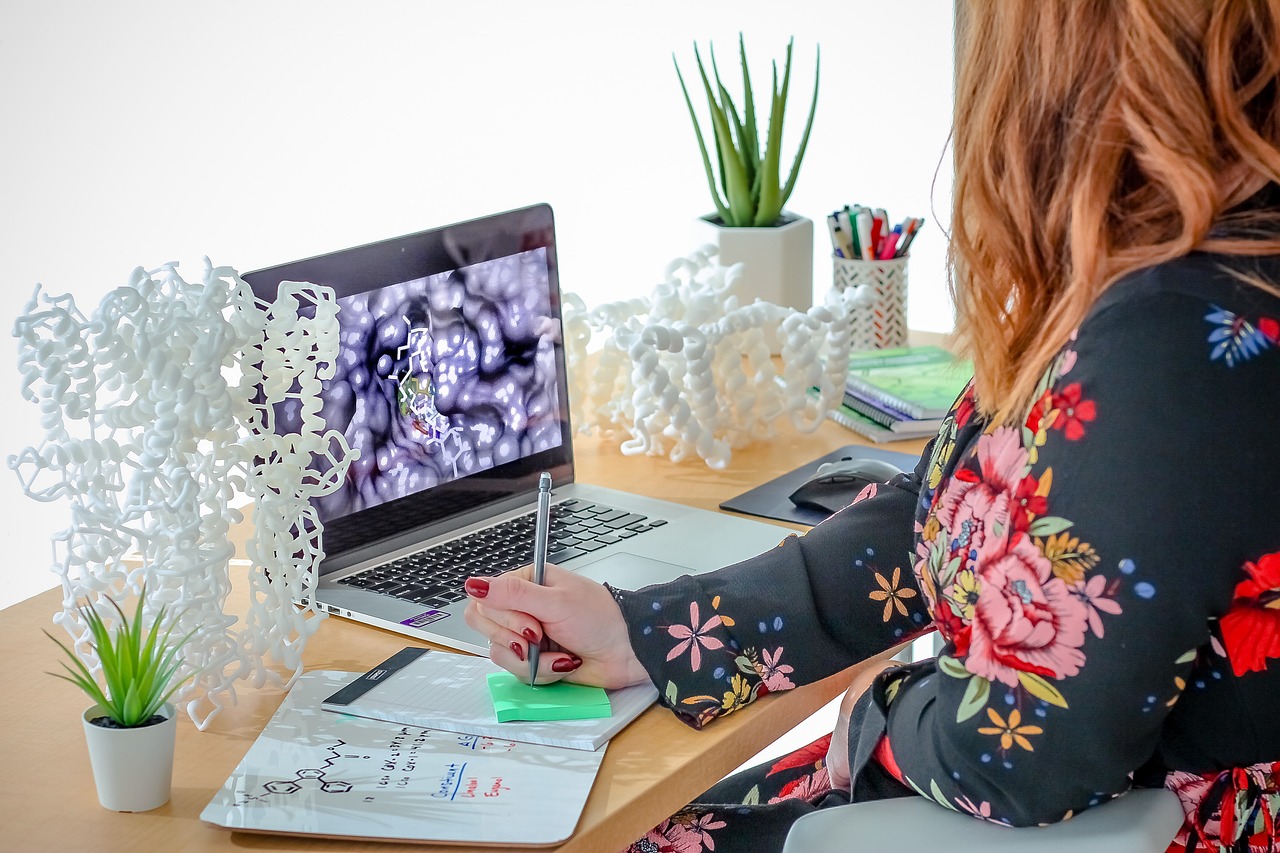
Scientific Revolution
The during the Renaissance era was a seismic shift in the way people viewed the natural world and the universe. It marked a departure from traditional beliefs and superstitions, paving the way for a more empirical and evidence-based approach to scientific inquiry. Visionaries like Nicolaus Copernicus, Galileo Galilei, and Johannes Kepler challenged the geocentric model of the universe, propelling humanity towards a more accurate understanding of the cosmos.
Through meticulous observation, experimentation, and mathematical analysis, these pioneering scientists revolutionized fields such as astronomy, physics, and biology. Copernicus's heliocentric theory, Galileo's telescopic observations, and Kepler's laws of planetary motion reshaped the scientific landscape, laying the groundwork for future discoveries and technological advancements.
The Scientific Revolution not only transformed our understanding of the physical world but also sparked a profound philosophical and cultural shift. It encouraged critical thinking, rational inquiry, and the pursuit of knowledge based on empirical evidence. This emphasis on reason and observation not only led to scientific progress but also laid the foundation for the Enlightenment era that followed, shaping modern scientific thought and methodology.
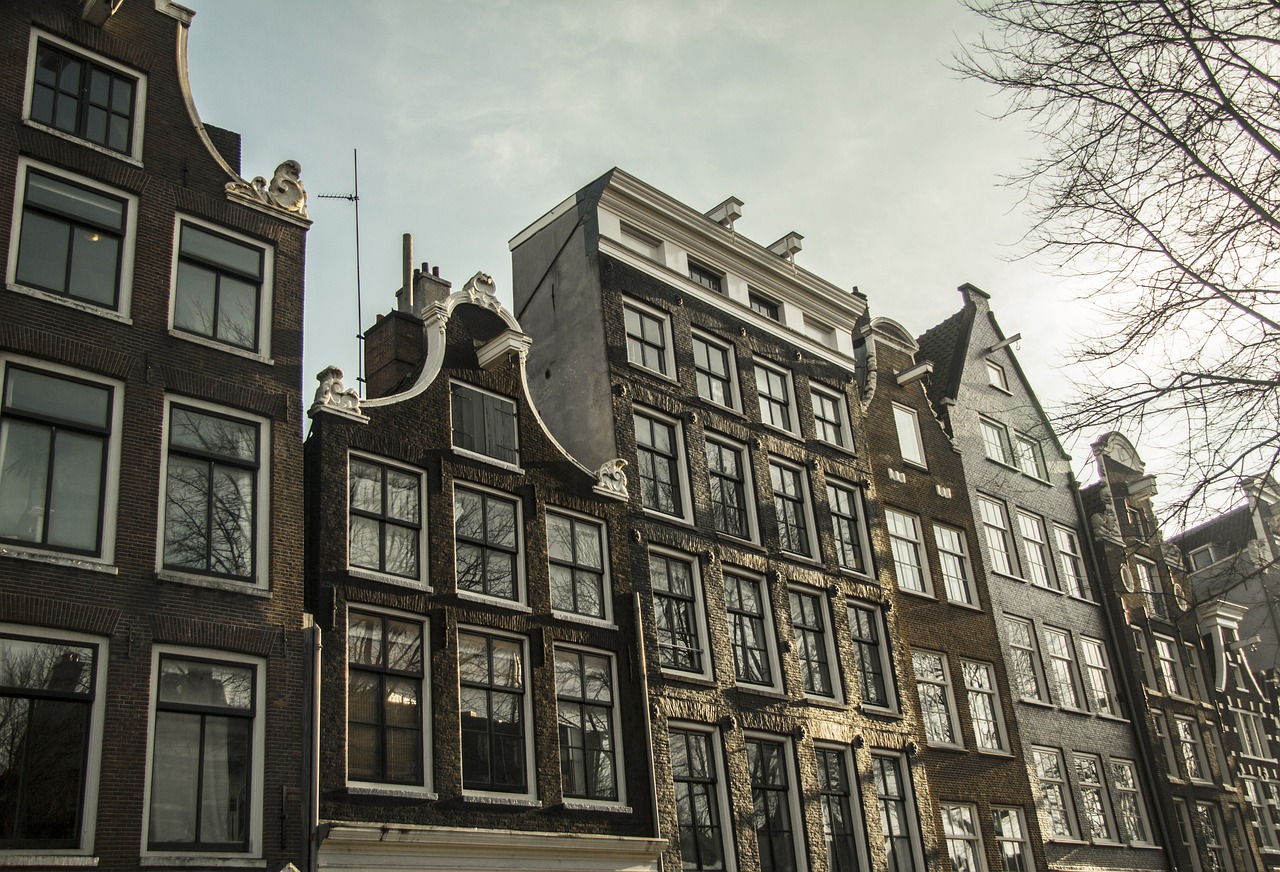
Political and Social Changes
During the Renaissance period, Europe experienced significant political and social changes that reshaped the fabric of society and governance. The emergence of powerful city-states, such as Florence, Venice, and Milan, marked a shift from feudal systems to more centralized forms of government. These city-states became centers of political and economic power, fostering a competitive environment that fueled innovation and artistic creativity.
Moreover, the Renaissance witnessed the rise of influential political figures like the Medici family in Florence, who not only supported artists and intellectuals but also wielded considerable political influence. This patronage of the arts contributed to the flourishing of culture and the spread of humanist ideals throughout Europe.
One of the key social changes during the Renaissance was the growing emphasis on individualism and personal achievement. The concept of the "Renaissance man," epitomized by individuals like Leonardo da Vinci, emphasized the importance of pursuing knowledge in various fields and striving for excellence in all endeavors.
Additionally, the Renaissance era saw a reevaluation of societal norms and values, with a renewed interest in classical literature and philosophy influencing social attitudes and behaviors. This intellectual revival sparked debates on morality, ethics, and the nature of power, laying the groundwork for modern political theory and social discourse.
Furthermore, the Renaissance period witnessed the gradual decline of feudalism and the emergence of new social structures based on merit and talent rather than birthright. This social mobility allowed individuals to rise through the ranks based on their abilities, leading to a more dynamic and meritocratic society.
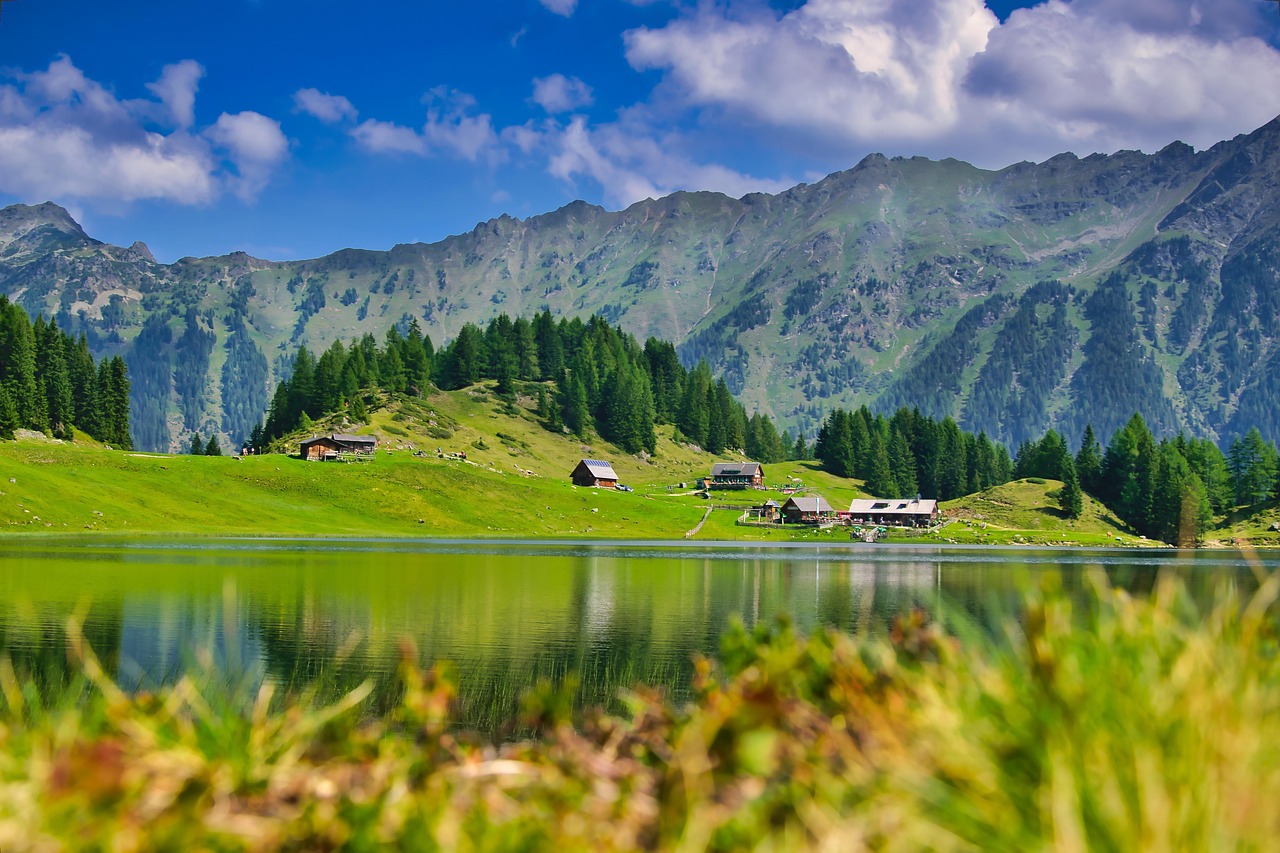
Exploration and Trade
During the Renaissance period, exploration and trade played a crucial role in shaping the course of European history and global interactions. The thirst for knowledge, wealth, and power drove European explorers to venture into uncharted territories, leading to significant discoveries and the establishment of trade routes that would forever alter the economic landscape.
Explorers such as Christopher Columbus, Vasco da Gama, and Ferdinand Magellan embarked on daring voyages across the seas, seeking new trade routes to Asia and the Americas. These expeditions not only expanded European knowledge of the world but also brought about cultural exchanges, technological advancements, and the exchange of goods that enriched European societies and fueled economic growth.
The Age of Exploration during the Renaissance era not only opened up new markets and sources of wealth but also sparked competition among European powers for territorial dominance and control over lucrative trade routes. The establishment of colonies, trading posts, and mercantile networks laid the foundation for the rise of powerful empires and the globalization of commerce.
Trade flourished during the Renaissance, with merchant guilds, trading companies, and banking institutions facilitating the exchange of goods, services, and ideas across borders. The influx of exotic goods such as spices, silk, and precious metals from distant lands enriched European markets and fueled the growth of urban centers, leading to the emergence of vibrant commercial hubs and cosmopolitan societies.
Moreover, the Renaissance spirit of curiosity, innovation, and enterprise fueled a wave of scientific and technological advancements that revolutionized navigation, shipbuilding, and cartography. The development of new maritime technologies, navigational instruments, and mapping techniques enabled explorers to venture further into unknown waters, opening up new trade routes and connecting distant lands in a global network of commerce.

Legacy of the Renaissance
The legacy of the Renaissance continues to resonate profoundly in modern European culture, politics, and intellectual pursuits. The values and achievements of this transformative period have left an indelible mark on society, shaping the way we perceive art, science, and governance.
One of the most significant legacies of the Renaissance is the emphasis on humanism, which placed a renewed focus on human potential, creativity, and individualism. This human-centric approach to life and learning has influenced modern educational systems, encouraging critical thinking, creativity, and a broader understanding of the world.
Artistically, the Renaissance produced a wealth of masterpieces that still captivate audiences today. The innovative techniques and styles pioneered by artists like Leonardo da Vinci, Michelangelo, and Raphael set new standards for creativity and expression, laying the foundation for modern art movements.
Moreover, the scientific revolution sparked by Renaissance thinkers challenged traditional beliefs and paved the way for groundbreaking discoveries in fields such as astronomy, anatomy, and physics. The spirit of inquiry and experimentation that characterized this era continues to drive scientific progress and innovation in the modern world.
On the political front, the Renaissance witnessed the rise of city-states and the establishment of new forms of governance that emphasized civic participation and individual rights. These political changes laid the groundwork for modern democratic principles and institutions, shaping the way societies are organized and governed.
Furthermore, the era of exploration and trade during the Renaissance expanded European influence globally, leading to cultural exchange, economic growth, and the establishment of colonial empires. The voyages of explorers like Columbus, Magellan, and Vasco da Gama opened up new horizons and connected distant lands, shaping the course of world history.
In reflecting on the legacy of the Renaissance, we can draw parallels and distinctions with the Enlightenment period that followed. While the Renaissance celebrated human creativity and individualism, the Enlightenment focused on reason, science, and progress. Together, these two periods have laid the foundation for modern European civilization, influencing our values, beliefs, and aspirations.
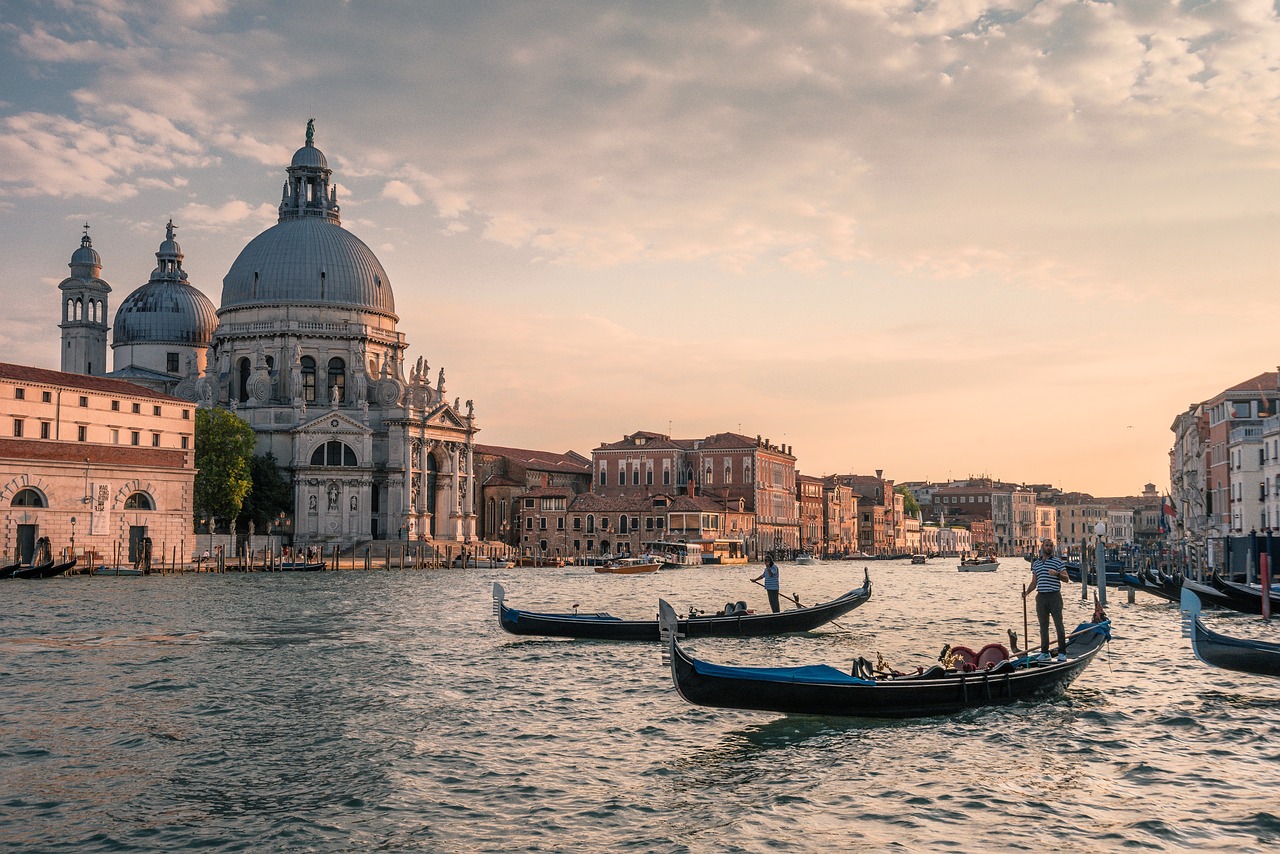
Comparison to the Enlightenment
The Renaissance and the Enlightenment are two pivotal periods in European history that have significantly shaped the course of civilization. While both movements were characterized by intellectual advancements and a pursuit of knowledge, they differed in their underlying philosophies and focus.
The Renaissance, which emerged in the 14th century, was a cultural and artistic rebirth that celebrated human creativity, individualism, and classical learning. It marked a shift from the medieval worldview to a more human-centric perspective, emphasizing the potential of individuals to excel in various fields. Artists like Leonardo da Vinci, Michelangelo, and Raphael epitomized the Renaissance spirit through their innovative techniques and masterpieces that captured the essence of human emotion and beauty.
In contrast, the Enlightenment, also known as the Age of Reason, flourished in the 17th and 18th centuries, promoting rationality, scientific inquiry, and skepticism of traditional authority. This period saw a focus on reason, empirical evidence, and the belief in progress through education and social reform. Thinkers like Voltaire, Rousseau, and Locke championed ideas of individual rights, freedom of thought, and the separation of church and state.
While the Renaissance celebrated the achievements of the past and the potential of human creativity, the Enlightenment sought to question established norms and institutions, advocating for reason as the primary source of authority. The Renaissance was more focused on artistic and cultural revival, whereas the Enlightenment prioritized scientific discovery, political reform, and the advancement of society through reason and knowledge.
Despite their differences, both the Renaissance and the Enlightenment played crucial roles in shaping modern European civilization. The legacy of the Renaissance can be seen in the art, architecture, and intellectual pursuits of today, while the Enlightenment laid the foundation for democratic principles, human rights, and the scientific method that continue to influence society.
Frequently Asked Questions
- What is the Renaissance?
The Renaissance was a period in European history known for its flourishing of art, culture, and intellectual pursuits. It spanned roughly from the 14th to the 17th centuries and marked a transition from the medieval period to the modern era.
- Who were some famous Renaissance artists?
Notable Renaissance artists include Leonardo da Vinci, Michelangelo, Raphael, and Donatello. These artists made significant contributions to art through their innovative techniques and masterpieces.
- How did the Renaissance impact education?
The Renaissance emphasized humanism, a focus on human potential and classical learning. This led to advancements in education, with a renewed interest in literature, philosophy, and the sciences.
- What were the political changes during the Renaissance?
The Renaissance saw the rise of city-states, the decline of feudalism, and the emergence of new political systems. It also marked a shift towards more secular governance and the rise of powerful ruling families.
- What is the legacy of the Renaissance?
The legacy of the Renaissance includes its impact on modern art, literature, science, and politics. The values of humanism, individualism, and innovation continue to influence society today.















